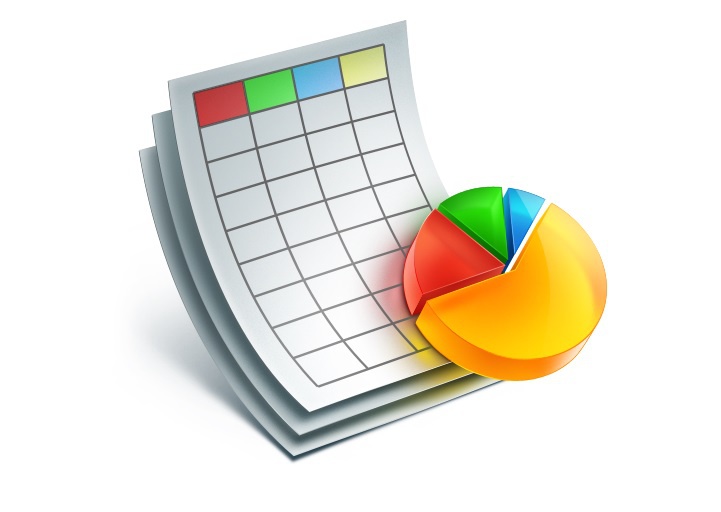Table 1. Tactical and technical characteristics of methods for detecting drugs in non-laboratory conditions.
| Main characteristics of the method |
Chromato-mass spectrometry |
Ion mobility spectrometry |
Chemiluminescence |
Biosensor methods |
Laser bioluminescence |
Nuclear quadrupole resonance |
X-ray methods |
Neutron activation analysis |
|
| Detection method |
Depending on the technique used: vapors and/or microparticles |
By response of the target substance |
|||||||
| Detection limit of the method |
10-12 – 10-14 g/cm3 |
10-13 g/cm3 |
10-14 g/cm3 |
10-18 g/cm3 |
10-12 g/cm3 |
10 g |
10 – 50 g |
100 -250 g |
|
| Possibility of using the method when using sealed drug packaging |
NO |
YES |
YES |
||||||
| The remoteness of the method |
is ensured by taking samples using portable samplers from the surface of the controlled objects |
up to several tens of meters |
0.5 – 1 m |
when using radiographic installations, over the entire cross-section of the controlled object |
|||||
| Does using the method on a stream provide throughput? |
NO |
YES |
|||||||
| Analysis time |
20 – 180 sec |
5 – 15 sec |
30 – 45 sec |
5 – 20 sec |
less than 1 sec |
10 sec |
simultaneously with obtaining an image on the X-ray machine |
||
|
The sample analysis time is given without taking into account the time of its collection, delivery and sample preparation |
almost instantly |
||||||||
| Analysis throughput/hour |
10 – 30 |
40 – 70 |
20 – 45 |
50 — 80 |
up to 1000 |
200 – 300 |
200 – 400 |
25 – 40 per year |
|
| Equipment type |
stationary with portable samplers |
portable |
stationary with portable samplers |
portable |
stationary |
||||
